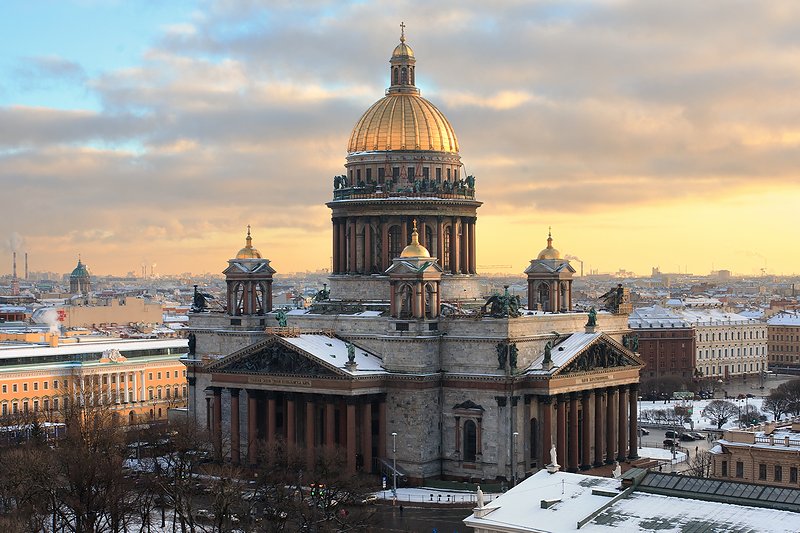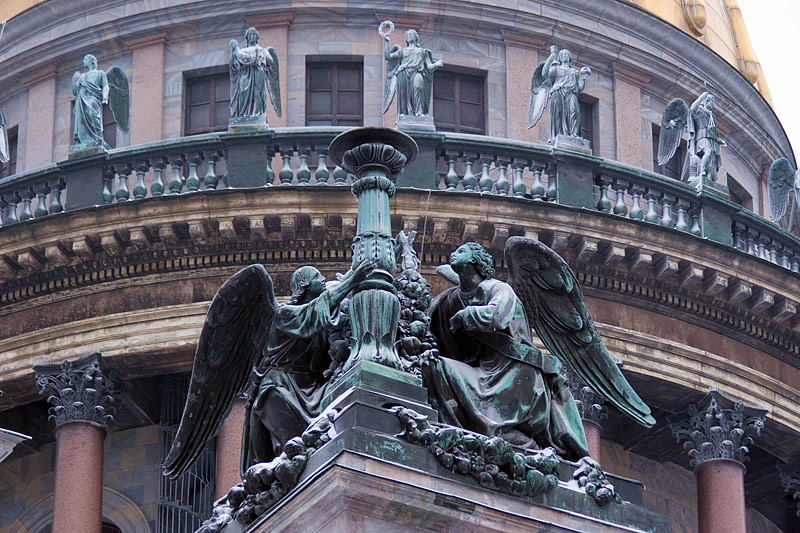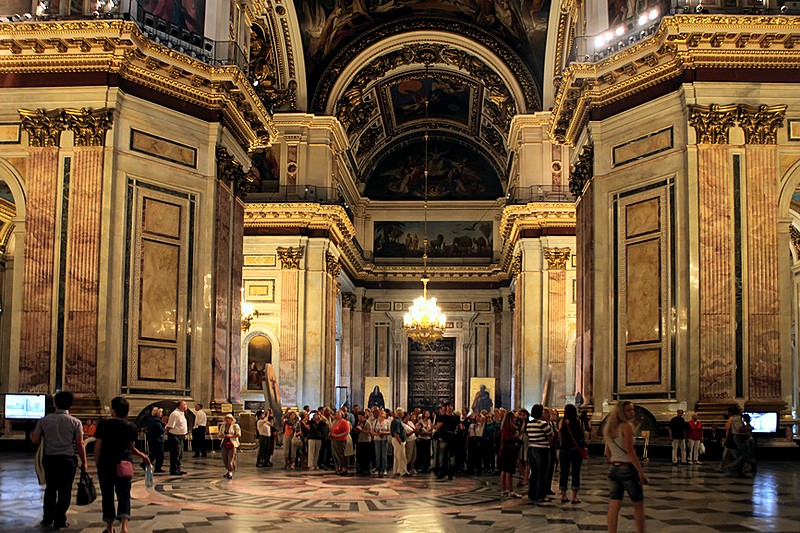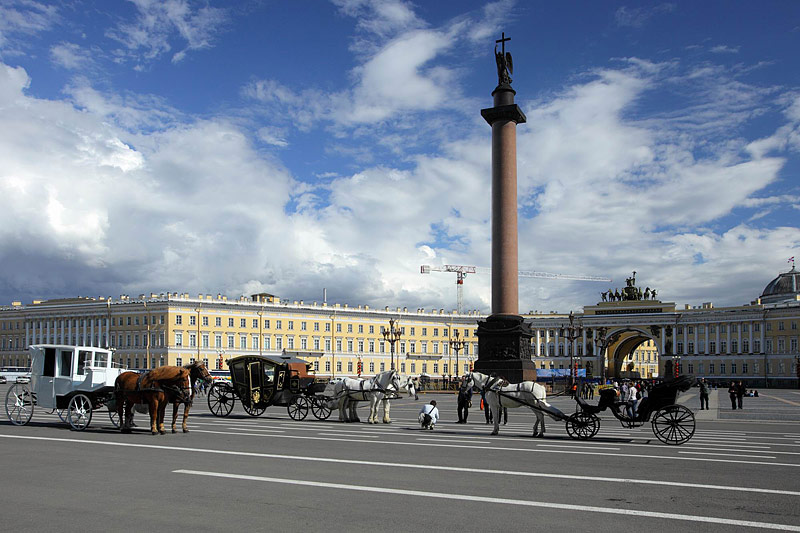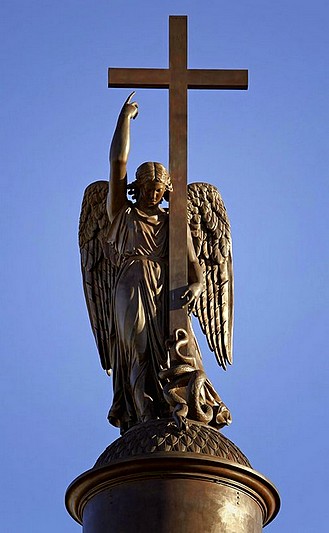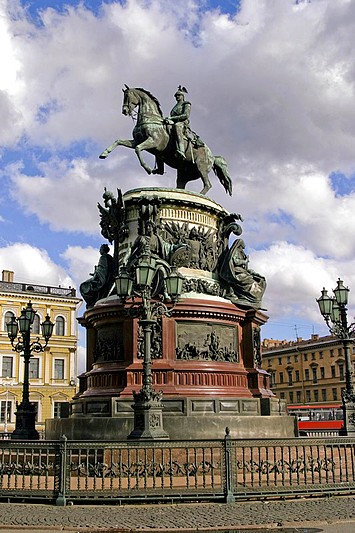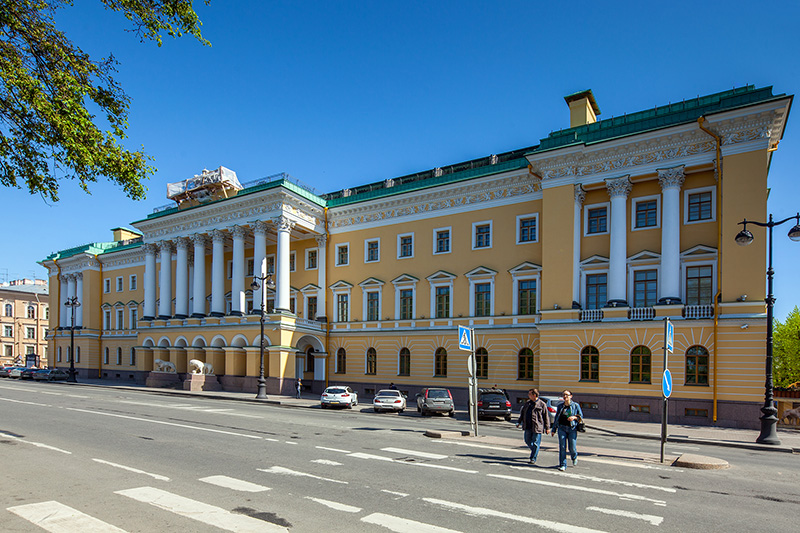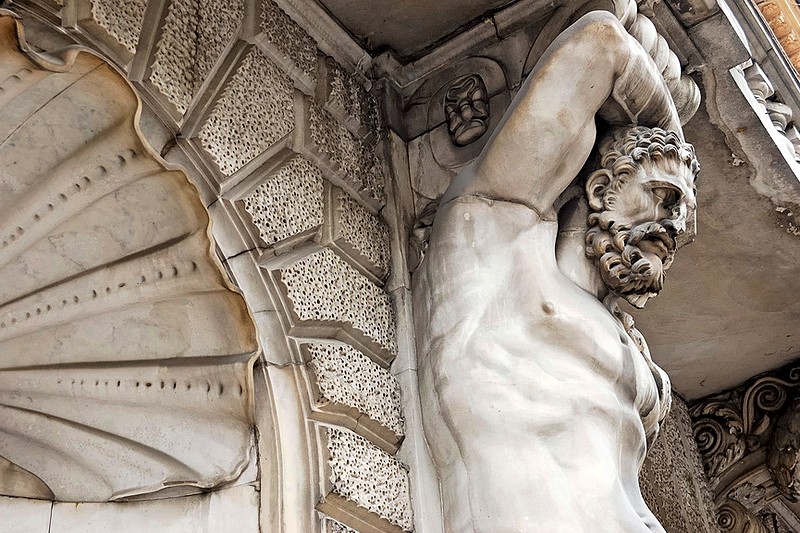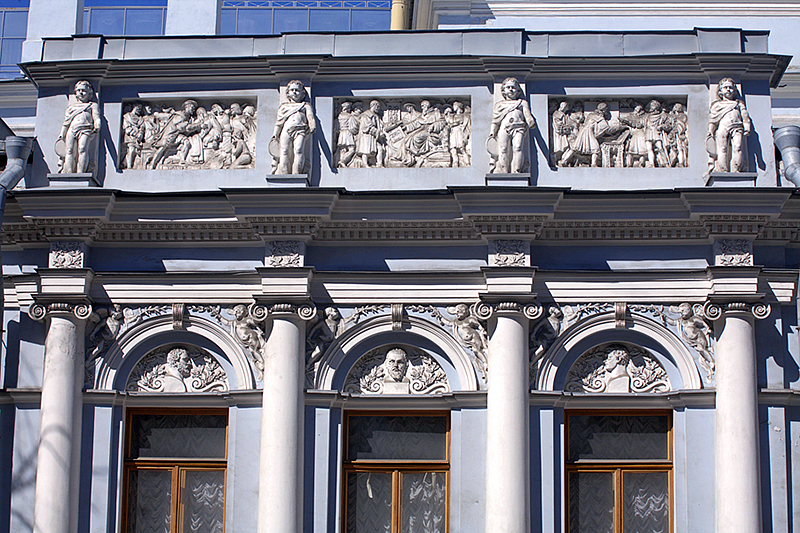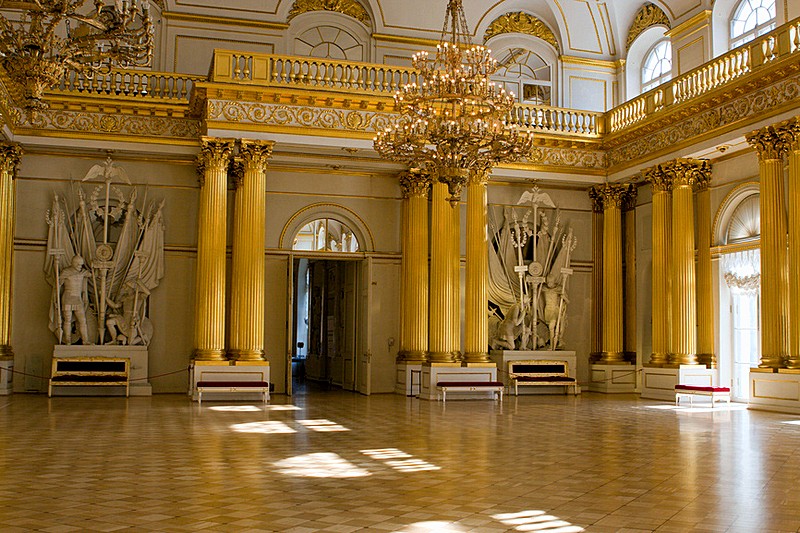Auguste de Montferrand
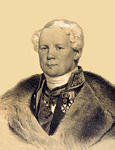
Architect
Born: Chaillot, France - 23 January 1786
Died: St. Petersburg - 10 July 1858
De Montferrand was born in the suburbs of Paris, the son of a horse trainer, and entered the Academie d'architecture in 1806. He was soon called upon to serve in Napoleon's armies, however. He campaigned in Italy and was awarded the Legion d'honneur for his bravery in the Battle of Hanau in 1813. After the defeat of Napoleon's forces, de Montferrand began to look for work as an architect abroad, and during the occupation of Paris was granted an audience with Alexander I, presenting the Russian Emperor with an album of his drawings.
The architect arrived in St. Petersburg in 1816, with a letter of recommendation from the renowned watchmaker Abraham-Louis Breguet to Augustin de Betancourt, head of the Commission for Construction and Hydraulics. Despite his lack of experience, he was selected as the architect for the rebuilding of St. Isaac's Cathedral almost immediately, although his designs were not officially approved until 1818. Meanwhile, he worked with Betancourt on the Nizhny Novgorod Fair, where the surviving Saviour Cathedral is a clear precursor of St. Isaac's. In 1821, he designed the Cathedral of St. Spyridon of Trimythous in the Admiralty building.
De Montferrand's 1818 designs for St. Isaac's were the subject of intense scrutiny, and received heavy criticism from other architects, who claimed the plans were structurally unsound. A second contest was announced to rework the plans, which de Montferrand again won (although even the architect himself admitted the truth of his peers' criticisms), and his revised plans were approved in 1825. Construction of the cathedral and its fabulous interiors took a further 23 years (it took a decade alone to source the 48 red granite columns of the main portico), and de Montferrand supervised every aspect of the building and decorating, with contributions from some of the greatest artists of the day, including Karl and Alexander Bryullov and Peter Clodt.
He was also assisted by several of his countrymen. The mathematician Gabriel Lame and the engineer and physicist Beonoit Paul Emile Clapeyron, both teachers at the Institute of Transport, provided the calculations for the cathedral's dome. The sculptor Henri Lemaire created two bas-reliefs for the northern and eastern gables, and Charles de Steuben assisted in the painting of the cathedral's frescoes. De Montferrand almost shared the tragic fate of his fellow countryman Jean-Francoise Thomas de Thomon when, in November 1837, he fell from the scaffolding around the cathedral's dome. Fortunately, he was caught by some of the workers.
While the cathedral was being constructed, Auguste de Montferrand fulfilled several other commissions, overseeing the repair and completion of Kazan Cathedral (1827-1837), and designing the Alexander Column on Palace Square as a memorial to his mentor, Alexander I (1829-1834). His final project was the Monument to Nicholas I in front of St. Isaac's Cathedral, commissioned by Alexander II in 1856.
St. Isaac's Cathedral was completed and eventually opened on 30 May 1858. A little over a month later, on 10 July, Auguste de Montferrand died at the age of 72. His wish to be buried in St. Isaac's Cathedral was not granted as he had not converted to the Orthodox faith, and his remains were returned to Paris, where he was buried in the Cimitiere de Monmartre.
Works: St. Isaac's Cathedral, Alexander Column, Monument to Nicholas I, Admiralty Cathedral of St. Spyridon of Trimythous, Lobanov-Rostovsky House, Princess Gagarina Mansion (House of Composers), Demidov Mansion
Connected with: Peter Clodt, Karl Bryullov, Alexander Bryullov, Augustin de Betancourt
Address: 86, Naberezhnaya Reki Moyki

